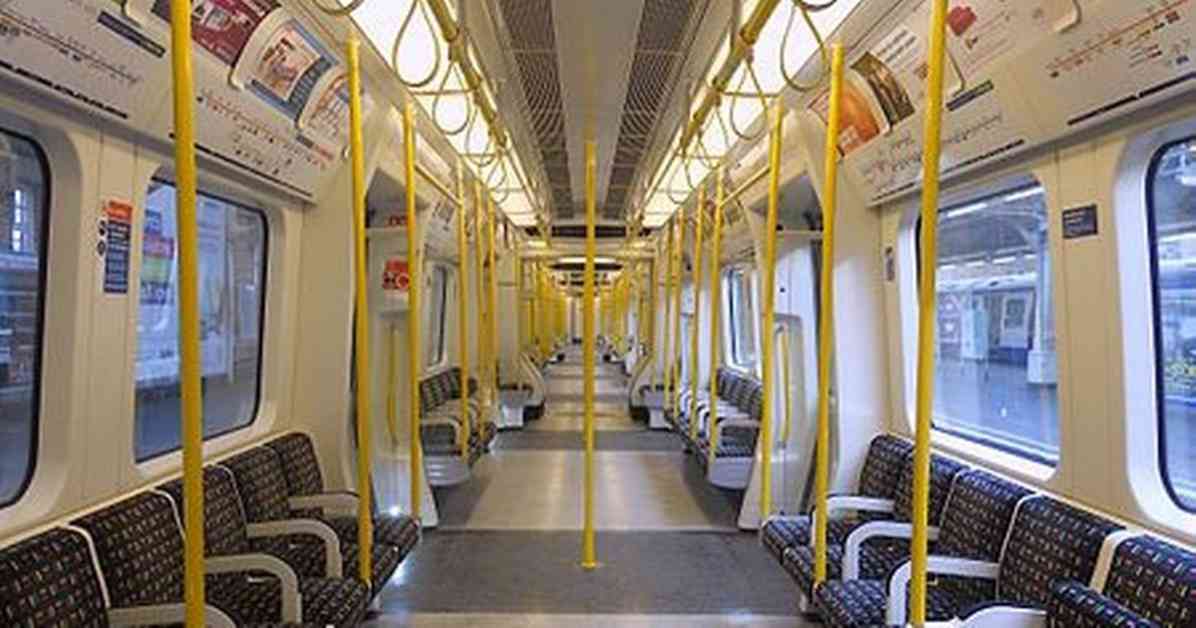London Tube Line Names: A Historical Journey
The London Underground, with its 11 iconic lines, is a testament to the rich history and culture of the city. Each tube line carries a name that reflects its origins, whether rooted in history, geography, or political decisions. From the Bakerloo line to the Victoria line, the names of these lines hold significant meaning and are a part of London’s identity.
The Bakerloo line, for example, derives its name from a clever blend of “Baker Street” and “Waterloo,” paying homage to the stations it connects. Initially known as “The Baker Street and Waterloo Railway,” this line has retained its historic name since its inception in 1906. Despite the Jubilee line taking over the Stanmore branch, there have been no intentions to change the Bakerloo line’s name, making it a beloved part of London’s transport network.
Similarly, the Central line’s name traces back to its origins as the Central London Railway in 1900. When the London Passenger Transport Board took over in 1933, it was briefly known as the Central London line before being simplified to the Central line in 1937. Plans to extend the line beyond London, reaching as far as Buckinghamshire, led to the dropping of “London” from its name, solidifying its identity as the Central line.
London Tube Line Names: Reflections of History
The Circle line’s name is derived from the Inner and Outer Circle railways that previously ran competing services on its Zone 1 circular route. While Circle line services have been running in circles since 1884, it only received its own line color and recognition in 1949. Prior to this, the trains were part of the Metropolitan line for most of their journey and the District line between High Street Kensington and Mark Lane.
The District line itself takes its name from its predecessor, the Metropolitan District Railway, known as the District Railway. This historical connection has remained intact since the line’s inception, highlighting the importance of preserving the heritage of London’s transport network.
The East London line, once a part of the Metropolitan line, gained its unique identity in 1990 with a distinct line color. After a temporary closure in 2007, it made a comeback in 2010 as a segment of the London Overground network. While there were discussions about giving individual names to the London Overground lines, the “East London line” moniker has remained popular among commuters.
London Tube Line Names: Evolution and Identity
The Hammersmith and City line, branching off from the Metropolitan line, traces its name back to the Great Western Railway. The original branch line known as “The Hammersmith and City Railway” has evolved into the current Hammersmith and City line, connecting Westbourne Park to Hammersmith since 1864. Despite its somewhat cumbersome name, it pays homage to the railway heritage of London.
The Jubilee line, originally planned as the Fleet line, was renamed in honor of Queen Elizabeth II’s Silver Jubilee celebrations in 1977. Despite initial plans to follow the path of the River Fleet in Central London, the Jubilee line never crossed the river. The line’s extension eastward in 1999 further solidified its identity and importance in London’s transport network.
The Metropolitan line, with a legacy dating back to the Metropolitan Railway, has played a significant role in developing suburbs like Wembley, Harrow, Pinner, and Northwood. Dubbed “Metro-land,” this line remains unchallenged in name due to its historical significance and impact on London’s growth. While there have been minor changes to segments of the line, the overall name has stood the test of time.
London Tube Line Names: Potential Changes and Future Prospects
The Northern line stands out as a potential candidate for renaming, especially after upgrades at Camden Town. The prospect of splitting the line into two separate routes could improve efficiency and streamline operations. Suggestions for the prospective ‘new’ line include the Ashfield line, reflecting pre-war plans for expansion under the initiative known as “Northern Heights.”
The Piccadilly line, tracing back to its origins as The Great Northern, Piccadilly, and Brompton Railway, showcases the historical significance of its name. Despite its lengthy title, the line has retained its identity as the Piccadilly line, connecting key areas of London.
As for the Victoria line, its unique naming process involved considerations such as the Walvic line (Walthamstow-Victoria) and Viking line (Victoria-King’s Cross). Ultimately, the Victoria line prevailed over other contenders, solidifying its place in London’s transport network. The Waterloo and City line, offering a direct connection between Waterloo and Bank, maintains its straightforward name, highlighting its convenience for commuters.
In conclusion, the names of London’s tube lines are not just labels on a map but reflections of the city’s history, culture, and identity. Each line tells a story of its origins, evolution, and significance in London’s transport network. As the city continues to grow and evolve, the names of these iconic tube lines will remain a vital part of London’s heritage.












